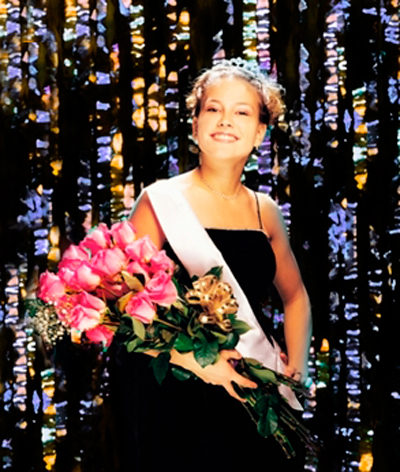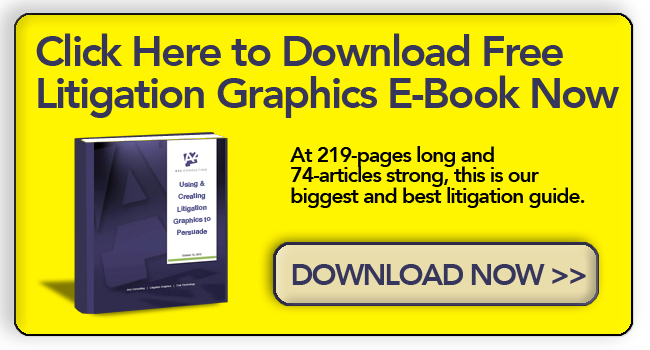by Ken Lopez
Founder/CEO
A2L Consulting
Although trained as a lawyer, one of my passions is good design. I appreciate good design whether it appears in architecture, in the way a product is put together, or in the way a print advertisement is composed. I especially appreciate good design in litigation graphics.
So what is good design? I define good design as the intersection of beautiful form and elegant function. Regardless of the application, finding the sweet spot for that intersection is the real challenge.
A door handle that is beautiful but makes a door hard to open is bad design. A luxury automobile that wins awards for its elegance but is hard to drive is bad design. And a litigation graphic that is gorgeous but fails to quickly inform and persuade is bad design.
The best litigation graphics are those that deliver results and are well-designed (not necessarily beautifully designed) in their form. However, the point where one strikes the balance between form and function is entirely different in the case of litigation graphics.
In litigation graphics form must (initially) take a backseat function. Unfortunately, untrained and/or inexperienced litigation graphic artists do not always believe this. Understandably, they often start with something beautiful and then try to match the form to the function. That's natural for a good artist. However, the opposite approach is what the litigation graphics industry requires.
In litigation graphics, function must come first. One message per graphic, make that message clear, and make it persuasive as appropriate. This does not mean that beauty should be ignored. Rather, it just needs to be used intentionally, and there is a lot of science to this art.
Using beauty means imagery will appear better prepared, your audience will know that you took time to craft something. There's even good research to support the notion that beauty, particularly unexpected beauty, is likely to get one's attention.
Think about the interesting challenge this sets up when a trial team is evaluating a litigation graphics vendor. The trial team, usually a group of very smart non-artistic people, normally evaluate the litigation graphics vendor by reviewing samples of their graphics. If they are looking for the best litigation graphics firm, when do they know they've seen it exactly? When the graphics are gorgeous or when they are effective, and how would they determine either in a meaningful way? After all, recent science has taught us that the most effective graphics may be those that are intentionally ugly or those that are surprising.
So, the next time you are taking a look at a litigation graphics vendor, consider that the most beautiful litigation graphics may be the worst, the most jarring litigation graphics may be the best, and look instead to the intellectual lifting power of the people creating your litigation graphics. The science is complex behind persuasion and is often counter-intuitive.
Other articles related to litigation graphics on A2L Consulting's site:
- 16 PowerPoint Litigation Graphics You Won't Believe Are PowerPoint
- Free Webinar: PowerPoint Litigation Graphics - Winning by Design
- Why Reading Your Litigation PowerPoint Slides Hurts Jurors
- Could Surprise Be One of Your Best Visual Persuasion Tools?
- Don't Use PowerPoint as a Crutch in Trial or Anywhere
- The 12 Worst PowerPoint Mistakes Litigators Make
- Font Matters - A Trial Graphics Consultant's Trick to Overcome Bias
- A2L voted the top national litigation graphics firm by the readers of the National Law Journal






Leave a Comment